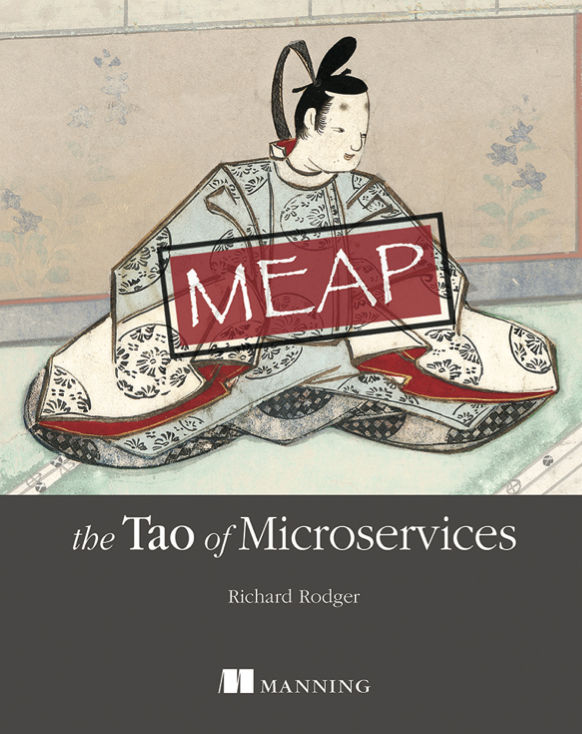Search for Node.js modules:
-
Recent Posts
Recent Comments
- erik on Why I Have Given Up on Coding Standards
- @seneca/repl Version 6 Released! | Richard Rodger on @seneca/repl version 2.x plan
- Rigidrqm on The Tao of Microservices
- Using node.js modules/code from the JavaScript console of geth - Finance Money on How to Make Simple Node.js Modules Work in the Browser
- ajmal on Node.js – How to Write a For Loop With Callbacks
Archives
- March 2024
- February 2024
- September 2023
- August 2023
- July 2023
- February 2016
- January 2016
- December 2013
- September 2013
- March 2013
- November 2012
- August 2012
- April 2011
- March 2011
- February 2011
- September 2010
- September 2007
- August 2007
- June 2007
- May 2007
- April 2007
- March 2007
- January 2007
- December 2006
- November 2006
- October 2006
- August 2006
- July 2006
- June 2006
- May 2006
- April 2006
- March 2006
- February 2006
- January 2006
- December 2005
- November 2005
- October 2005
Categories
Author Archives: Richard Rodger
The Voxgig Podcast Chatbot: Triggering Ingestion, and some Debugging DX
This is the third post in a series I’m writing about a new Minimal Viable Product we’ve released at Voxgig that turns your podcast into a chatbot. Your visitors can now ask your guests questions directly! The first post is … Continue reading
Posted in chatbot, Node.js, senecajs
Leave a comment
The Voxgig Podcast Chatbot: First, Subscribe!
This is the third post in a series I’m writing about a new Minimal Viable Product we’ve released at Voxgig that turns your podcast into a chatbot. Your visitors can now ask your guests questions directly! The first post is … Continue reading
Posted in chatbot, Node.js, senecajs
Leave a comment
The Voxgig Podcast Chatbot is Production Code
This post is part of a series. This is the second post in a series I’m writing about a new Minimal Viable Product we’ve released at Voxgig that turns your podcast into a chatbot. Your visitors can now ask your guests … Continue reading
Posted in chatbot, Node.js, senecajs
Leave a comment
Building a Podcast Chatbot for Voxgig
This post is part of a series. At Voxgig we have now recorded 140 podcast episodes (as of Feb 2024). That’s a lot of chatting about developer relations. It’s great if you are a regular listener (thanks!), or have the time … Continue reading
Posted in chatbot, Node.js, senecajs
Leave a comment
Why you should be using a REPL all the way to production
Let’s talk about one of the most productive tools a coder can use: the REPL! The first half of this article gives you a short introduction to the subject if you’re not a coder. If you are a coder, skip … Continue reading
Posted in Uncategorized
Leave a comment
@seneca/repl Version 6 Released!
I’ve released a substantial update to the @seneca/repl plugin! The @seneca/repl plugin provides a REPL for the Seneca microservices framework. As one of the earliest plugins, it has proven to be incredibly useful. A REPL (Read-Execute-Print-Loop) offers an interactive space to write code and execute it … Continue reading
Posted in Uncategorized
Leave a comment
@seneca/repl version 2.x plan
I’m updating the @seneca/repl plugin! Here is the basic plan. NOTE: There’s a @seneca/repl dev Github Project to track this work. The @seneca/repl plugin provides a REPL for the seneca microservices framework. It is one of the earliest plugins, and … Continue reading
The Tao of Microservices
My book on the microservice architecture is in early release! This book is based on five years of building microservice systems, of all shapes and sizes. It is a comprehensive guide to using the architecture based on practical experience. I’ve … Continue reading
Posted in Uncategorized
6 Comments
Seneca, A Microservices framework for Node.js
The release of Seneca 1.0 represents 5 years of open source evolution, and not a little blood, sweat and tears. The thing I am most happy about is the fact that I did not do the release – Wyatt had … Continue reading
Posted in Node.js, Uncategorized
13 Comments
Monolithic Node.js
Are large-scale Node.js systems possible? Empirically, the answer is yes. Walmart and Paypal have both shown that it can be done. The quick criticism is that you need 10X engineers. This a classic, and well-founded criticism. New ways of doing … Continue reading
Posted in Uncategorized
74 Comments



